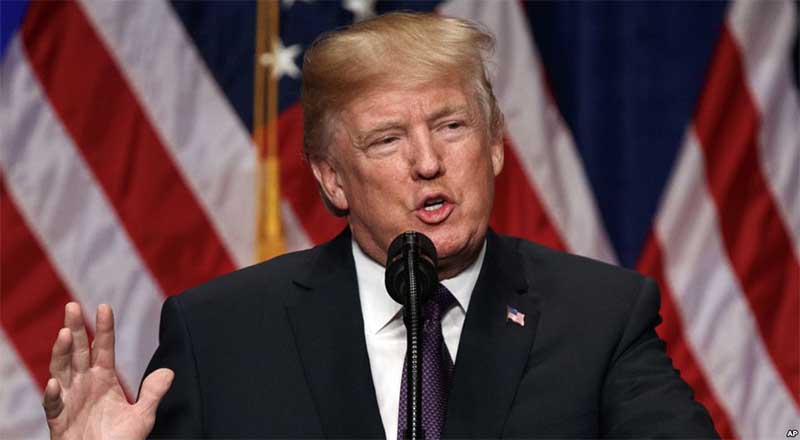The United States recorded nearly 1,500 deaths from COVID-19 between Thursday and Friday, according to the Johns Hopkins University tracker, the worst 24-hour death toll globally since the pandemic began.as per the report.
With 1,480 deaths counted between 8:30 pm (0030 GMT) Thursday and the same time Friday, according to the university’s continuously updated figures, the total number of people who have died since the start of the pandemic in the United States is now 7,406.
President Donald Trump on Friday recommended that Americans cover their faces with masks when outdoors, a policy U-turn following growing scientific research suggesting their widespread use can stem the spread of the virus.
Trump told a White House briefing that the Centers for Disease Control and Prevention (CDC) was urging people to wear face coverings like scarves or homemade cloth masks, but to keep medical-grade masks available for health workers.
The U.S. lost 701,000 jobs in March, breaking a remarkable string of uninterrupted payrolls gains the past decade and revealing just the leading edge of the coronavirus-triggered hurricane that’s upending America’s economy and labor market.
The unemployment rate jumped from a 50-year low of 3.5% to 4.4%, highest since August 2017, the Labor Department said Friday. That’s also the sharpest monthly rise in unemployment since January 1975, according to TD Economics.
Speaking to Fox News on Friday, Anthony Fauci, head of infectious diseases at the National Institutes of Health, cited “recent information that the virus can actually be spread even when people just speak as opposed to coughing and sneezing.”
Days earlier, the CDC’s Robert Redfield said up to a quarter of people who are infected may be asymptomatic. Taken together, the developments represent powerful arguments in favor of the widespread use of facial coverings.
The new recommendations are in line with those made by France’s National Academy of Medicine on Friday, and by New York Mayor Bill de Blasio a day earlier. The city has seen almost 1,000 of the US’s nearly 7,000 deaths.
Until now, US health agencies have said the primary pathway of transmission is respiratory droplets, about one millimeter in diameter, expelled by sick people when they sneeze or cough.
However, a recent NIH-funded study published in the New England Journal of Medicine found that the SARS-CoV-2 virus could become an aerosol and remain airborne for up to three hours.





